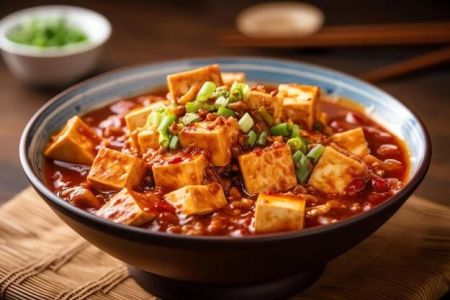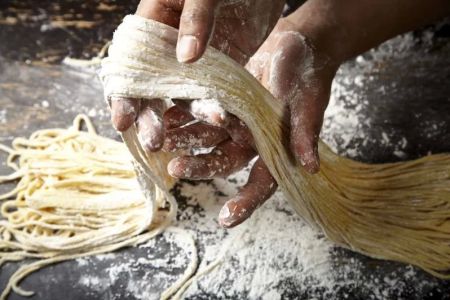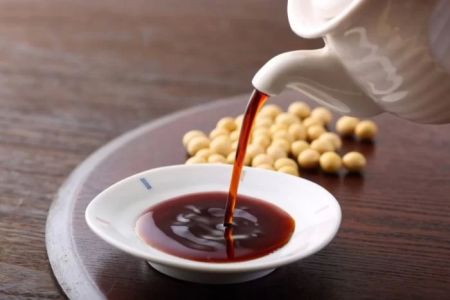- 1-What-Is-in-Traditional-Chinese-Fried-Rice
- 2-Is-Chinese-Fried-Rice-Healthy-or-Not
- 3-Common-Ingredients-and-Their-Nutritional-Impact
- 4-How-to-Make-a-Healthier-Version-of-Chinese-Fried-Rice-at-Home
- 5-Where-to-Find-Authentic-and-Healthy-Options
1. What Is in Traditional Chinese Fried Rice?
Chinese fried rice is a beloved comfort food made with leftover rice stir-fried with a variety of ingredients such as eggs, vegetables, soy sauce, and often some kind of protein like chicken, shrimp, or pork. It’s fast, flavorful, and adaptable — which is why it’s a staple in many Chinese households and American takeout menus alike.
Depending on the region and the chef, Chinese fried rice can vary widely. Some versions are vegetable-heavy, while others lean on savory sauces and crispy textures. The base, however, always remains day-old rice, which provides that perfect, non-sticky grain ideal for frying.
2. Is Chinese Fried Rice Healthy or Not?
2.1. The Mixed Answer
The answer is: it depends. On one hand, fried rice can be a balanced meal, offering carbohydrates, proteins, and vegetables in one bowl. On the other hand, many takeout versions are high in sodium, oil, and sometimes even MSG — which can be problematic if consumed frequently or in large portions.
2.2. The Portion Problem
One common issue is portion control. A standard takeout container can easily hold over 800 calories worth of fried rice, especially if it includes fatty meats and extra sauces. It’s easy to eat it all without realizing the nutritional load you’re consuming.
2.3. Real People, Real Reactions
One Reddit user shared their experience switching to homemade fried rice after realizing how sluggish they felt post-takeout. After reducing oil and sodium at home, they found themselves enjoying the dish more — and feeling better after eating. That’s a reminder that homemade versions often outperform in both flavor and nutrition.
3. Common Ingredients and Their Nutritional Impact
3.1. Rice
White rice is the classic choice, but it lacks fiber and spikes blood sugar more quickly than brown rice or cauliflower rice. If you're watching carbs or aiming for more sustained energy, swapping the rice base can make a big difference.
3.2. Soy Sauce
While it's essential for umami flavor, soy sauce is packed with sodium. Even low-sodium versions can contribute heavily to your daily intake. Consider using coconut aminos or simply reducing the amount used.
3.3. Eggs and Protein
Eggs add healthy fats and protein. When combined with lean chicken, tofu, or shrimp, the meal becomes more satiating. Avoid fatty pork or mystery meats if you're aiming for a cleaner dish.
3.4. Vegetables
Carrots, peas, onions, and scallions are often added, boosting the dish’s fiber and nutrient content. However, some takeout places skimp on veggies. When you cook at home, you can double (or triple) the greens and boost the overall nutritional value.
4. How to Make a Healthier Version of Chinese Fried Rice at Home
4.1. Choose Your Base Wisely
Start with day-old brown rice or riced cauliflower if you want to cut carbs. The grain or substitute should be dry and cold to prevent clumping during cooking.
4.2. Use Minimal Oil
Skip the heavy drizzle of vegetable oil. Instead, use a non-stick pan and a measured teaspoon of sesame or avocado oil. You’ll still get the flavor without the excess fat.
4.3. Pack in the Veggies
Add color and texture with bell peppers, broccoli, snap peas, or baby spinach. The more you add, the more your fried rice becomes a full-spectrum meal.
4.4. Protein Boost
Opt for grilled chicken, tempeh, or poached shrimp. These proteins are lean, high in nutrients, and easy to incorporate without adding heaviness.
4.5. Season Smartly
Use a light splash of low-sodium soy sauce, some fresh garlic and ginger, and even a bit of rice vinegar or lemon juice for brightness. Finish with scallions and sesame seeds for texture and aroma.
4.6. Personal Touch from a Nutritionist
Registered dietitian Lily Chang recommends making fried rice a weekly dinner using whatever leftovers are in the fridge. “It’s a great way to reduce food waste, eat more vegetables, and control your intake of salt and fat — all while keeping the joy of Chinese cuisine alive at home.”
5. Where to Find Authentic and Healthy Options
Not everyone has the time to cook — and that’s perfectly okay. The good news is that more restaurants and food services are beginning to offer lighter, veggie-packed versions of fried rice made with clean ingredients and less oil.
If you’re looking for curated options that balance authenticity with health-conscious preparation, check out Chinese Food. Their selections include modern takes on traditional dishes, including healthier versions of fried rice that won’t leave you feeling weighed down. You can browse for trusted restaurants, ingredient bundles, or even meal kits tailored for your dietary preferences.
Ultimately, Chinese fried rice can absolutely be part of a balanced diet — as long as you’re mindful of what goes into it and how much you’re eating. Whether you DIY or dine out, the power to eat better while still enjoying your favorite flavors is completely within reach.







